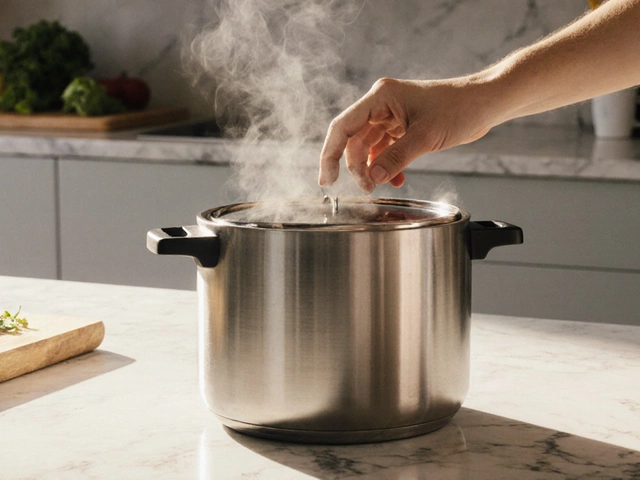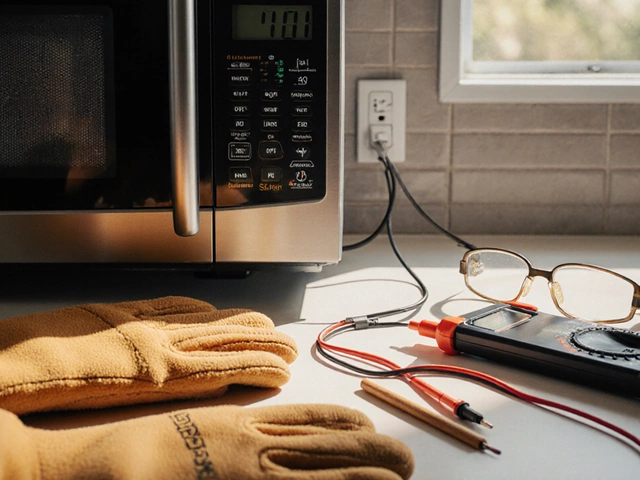Washing Machine Lifespan: What to Expect and How to Keep It Going
If you’ve ever wondered whether your washer is getting old, you’re not alone. Most people expect a washing machine to work for about 10‑15 years, but the exact number depends on a few everyday factors. Knowing those factors helps you decide when to repair, when to replace, and how to get more years out of the appliance you already have.
What Affects a Washer’s Life?
First off, brand and model matter. High‑end machines with stainless steel tubs usually outlive cheaper plastic‑drum models. Next, how you use it makes a big difference. Over‑loading a drum, using the wrong detergent, or running it on heavy cycles every time adds wear to the motor, bearings, and seals.
Maintenance habits are another big player. A simple monthly clean‑out of the lint filter, wiping the door seal, and running an empty hot‑water cycle can prevent mold, odors, and blockages that shorten life. Ignoring these chores often leads to the common failures listed in our post “Most Common Washing Machine Failures and How to Fix Them,” like a pump that won’t drain or a drum that won’t spin.
Finally, the installation environment counts. A washer that sits on an uneven floor or is exposed to water leaks will vibrate more, stressing the suspension and bearings. Make sure the machine is level and that the water connections are tight.
Tips to Extend Your Washer’s Life
1. Don’t overload. Fill the drum about three‑quarters full. That leaves room for clothes to move, reducing stress on the motor and suspension.
2. Use the right detergent. High‑efficiency (HE) detergents create fewer suds, which means less residue inside the machine. Too many suds can overload the pump and cause leaks.
3. Run a monthly cleaning cycle. Most modern washers have a “Tub Clean” option. If yours doesn’t, run an empty hot wash with a cup of white vinegar. This clears soap scum and keeps the drum fresh.
4. Check the hoses. Rubber hoses can crack after several years. Inspect them for bulges or wear and replace them every 5‑7 years to avoid sudden floods.
5. Level the machine. Use a spirit level on the top of the washer. Adjust the feet until it’s balanced. A wobbling washer leads to noisy bearings and early motor failure.
6. Listen for odd noises. A grinding sound usually means the bearing is wearing out. Catching it early can be cheaper to repair than waiting for a full breakdown.
When a problem does arise, check our guide on common failures. Often a simple filter clean or pump check solves the issue without needing a costly service call.
Bottom line: a well‑maintained washing machine can easily hit the 12‑year mark, sometimes even longer. By paying a few minutes each month to clean, level, and inspect the unit, you’ll save money on repairs and avoid the hassle of buying a new washer too soon.







